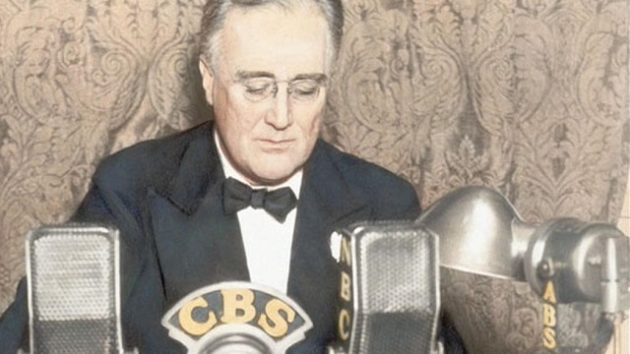Did FDR End the Great Depression?
After the stock market crash of 1929, the U.S., along with the rest of the world, was thrown into economic crisis. Millions were out of work – homeless and helpless, standing in long bread lines. And then, newly-elected President Franklin Delano Roosevelt gave the country his famous New Deal and brought the Great Depression to an end. That’s what all the high school textbooks say. But is that what happened?
Did FDR’s New Deal turn around an otherwise hopeless economy?
Lee Ohanian, Professor of Economics at UCLA and consultant to the Federal Reserve Bank of Minneapolis, sets the record straight in this week’s new PragerU video.
Watch it here:
We rely on viewers like you to help keep our videos free. Please consider making a tax-deductible donation to PragerU. Just click here.
RELATED ARTICLE: FDR’s policies prolonged Depression by 7 years, UCLA economists calculate



This egghead didn’t hear about the DUST BOWL that started in 1935 where a MILLION family farms literally were blown away? He doesn’t use any real numbers that would show how the economy had turned around from 1933 through 1935 with unemployment cut in HALF?
Gerald,
Thanks for reading and commenting.
The issue is government policy, not natural disasters. It was government policy that prolonged the great depression until America entered WWII.
The manufacturing of war items grew the economy exponentially. With men off to war, employment exploded, with women entering the workforce in large numbers.
Here is a link to a UCLA economist study saying that FDR’s policies extended the great depression by 7 years: http://newsroom.ucla.edu/releases/FDR-s-Policies-Prolonged-Depression-5409